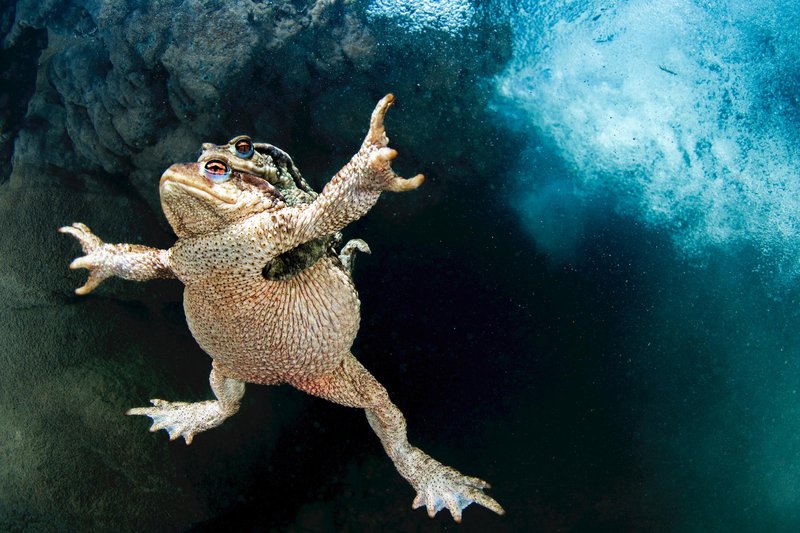
Weevils belong to the family of beetles known as Curculionidae, and they’ve been around for millions of years. They have unique adaptations that help them thrive, often evoking a mix of fascination and frustration among those who encounter them. Understanding these little invaders can help you manage them better, whether you’re dealing with a pantry issue or just curious about how nature works. Here are ten surprising things about weevils that might just change the way you see them.
1. The Wide Variety of Weevils
You might be surprised to learn that there are over 60,000 different species of weevils! They come in all shapes, colors, and sizes. Some are tiny, measuring less than a millimeter, while others can be over an inch long.
The most common type you’ll encounter in your pantry is the rice weevil. These little guys love munching on grains, and you might find them in rice, flour, or even cereal. On the other hand, there are acorn weevils that focus on trees, specifically acorns. Each species has unique habits and preferred foods, making them a fascinating group to study.
If you’re curious, here are a few notable species:
- Granary Weevil: This weevil attacks a wide range of stored grains.
- Peanut Weevil: As the name suggests, this one loves peanuts!
- Cotton Weevil: A pest for cotton farmers, it thrives on cotton plants.
2. They Have a Unique Feeding Habit
Weevils are not your ordinary pests; they have a rather interesting way of feeding. Instead of chewing through food like many insects, weevils use their long snouts to pierce and suck nutrients out of their food.
Imagine holding a straw up to a favorite drink and sipping it. That’s a bit like how weevils feast! This feeding habit is especially effective when targeting grains. They can cause significant damage to crops and stored goods.
You might be wondering how this affects you. If you notice weevils munching on your grains, it’s usually a sign of a larger infestation. When they invade your pantry, it’s essential to handle the situation quickly.
3. The Weevil Life Cycle
Ever heard of the phrase “what goes around comes around”? Well, with weevils, it’s pretty much true in terms of their life cycle. A female weevil lays eggs inside food items, usually grains. Once the eggs hatch, the larvae feed on the food until they’re ready to pupate.
Here’s a quick breakdown of the weevil life cycle:
- Egg: A female lays eggs in or on a food source.
- Larva: Young weevils feed and grow inside the food.
- Pupa: After feeding, they pupate, transforming into adults.
- Adult: They emerge ready to lay eggs, continuing the cycle.
This cycle can happen in a matter of weeks under the right conditions, making it crucial to keep a close eye on your stored foods.
4. They Can Travel with You
You might think you’re safe from weevils if you don’t have any visible signs in your home. But here’s the thing: weevils can hitch a ride on your groceries. If you buy infested grains, they can spread quickly in your pantry.
This is why it’s essential to check your purchases before bringing them home. Look for tiny holes, signs of frass (which looks like sawdust), or the weevils themselves. If you spot anything suspicious, it’s better to leave those items at the store.
Once they’re in your pantry, they can multiply rapidly. Regular checks can help keep your food safe.
5. Some Weevils Have Fascinating Adaptations
Weevils have evolved some incredible adaptations that help them thrive in various environments. One notable feature is their long snout, which is specially designed for digging into food sources. But it doesn’t stop there—some weevils have developed camouflage that helps them blend into their surroundings.
For instance, the cherry weevil has a body shape and color that mimics the cherries it feeds on. This keeps them safe from predators. Nature really knows how to equip its creatures!
These adaptations show how resilient and resourceful weevils can be, and they highlight the complex web of life that exists in our ecosystems.
6. They Can Live for Months Without Food
Ever tried going on a diet? Weevils take it to a whole new level. These little beetles can survive for up to several months without food! They have developed a way to cope with scarce resources, allowing them to endure tough conditions.
This ability to survive without food can make it challenging to rid your home of them once they infest an area. You can’t just starve them out. It’s a good reason to take action quickly if you spot them.
Using traps and proper storage containers can help manage an infestation effectively.
7. They Might Have Some Benefits
Surprisingly, weevils aren’t all bad. In nature, they can play a role in the ecosystem. For instance, some weevils help break down plants and recycle nutrients back into the soil.
In agriculture, certain species can act as natural pest control, keeping harmful insects in check. This balance in nature is critical for maintaining healthy ecosystems, reminding us that even pests have their place.
Next time you see a weevil, you might think twice about squashing it.
8. Weevils in Folk Medicine
In some cultures, weevils have even found their way into traditional practices. For instance, certain folk remedies suggest using weevils as a treatment for various ailments. They’re believed to have healing properties in some communities, showcasing the diverse ways different cultures interact with the natural world.
While it may sound strange, it’s a great reminder that every creature, even the ones we find annoying, has a story and a purpose.
9. They Have a Detrimental Impact on Agriculture
While weevils might have some ecological advantages, their impact on agriculture can be pretty severe. They can decimate crops, leading to significant losses for farmers. The granary weevil, for example, can destroy entire batches of grains, resulting in economic challenges in farming communities.
Farmers often need to rely on pest management strategies to keep these pests at bay, which can involve a mix of natural and chemical methods. Understanding their behavior and life cycle is key to effective control.
10. Managing Weevil Infestations
So, if you ever find yourself battling a weevil invasion, what can you do? Here’s a straightforward plan to tackle the problem head-on:
- Inspect Your Food: Regularly check your pantry items for signs of weevils.
- Seal and Store: Use airtight containers for grains and cereals.
- Practice Cleanliness: Keep your pantry clean and dry to discourage infestations.
- Utilize Traps: You can buy or make traps to catch weevils and monitor their presence.
Taking these simple steps can help keep your pantry weevil-free!
In summary, weevils may be small, but they pack a punch when it comes to their impact on food and agriculture. They remind us that even the tiniest creatures play a role in the larger tapestry of life. So the next time you spot a weevil, take a moment to appreciate the remarkable ways nature works, and remember some of the surprising things you’ve learned about these tiny beetles!

